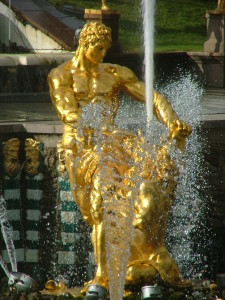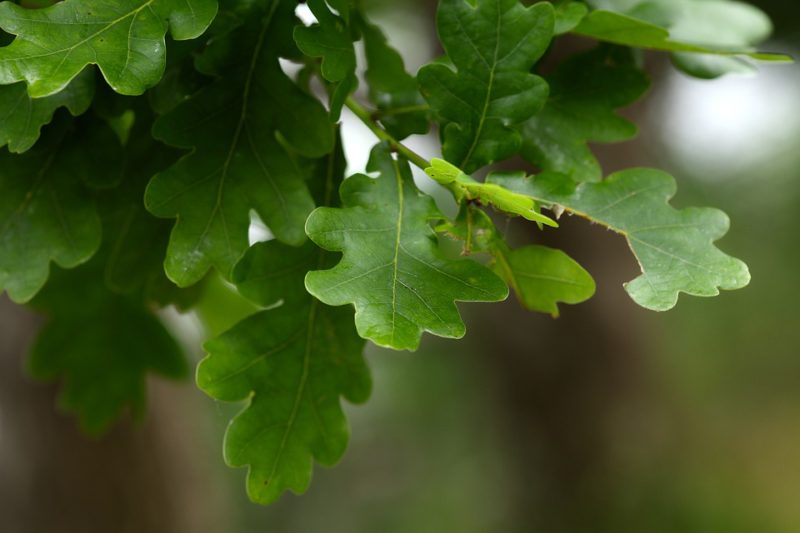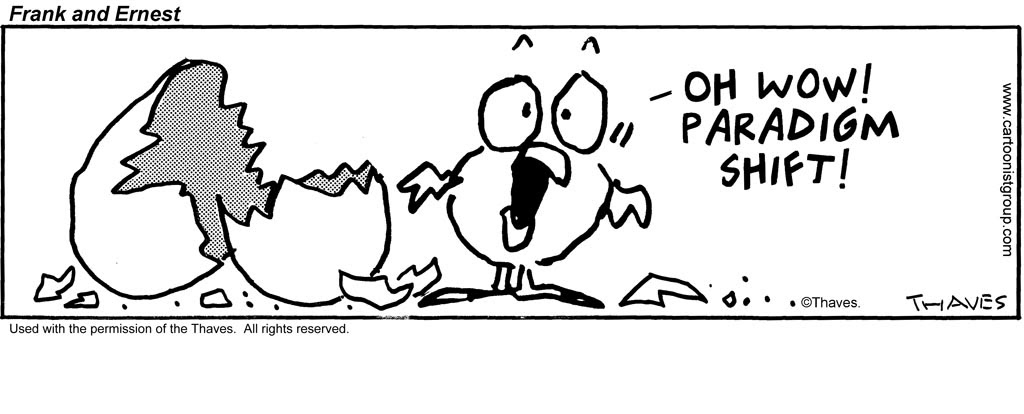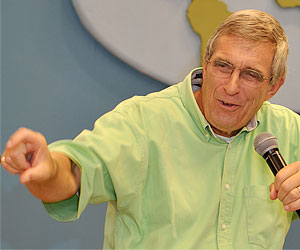Francis Schaeffer’s book, The God Who is There, introduced me to the intersection of Christianity and the arts. He wrote about the influence of art in Western society, a theme further developed in his later book, Art and the Bible:
What is the place of art in the Christian life? Is art- especially the fine arts- simply a way to bring worldliness in through the back door? What about sculpture or drama, music or painting? Do these have any place in the Christian life? Shouldn’t a Christian focus his gaze steadily on “religious things” alone and forget about art and culture? … I am afraid that as evangelicals, we think that a work of art only has value if we reduce it to a tract.
 Schaeffer insists that Christians have a legitimate stake in the world of fine art. It’s part of what it means to be human made in God’s image. Human art flows from the cultural mandate of Genesis 1 and 2. Indeed, if the creation of art is not from God, from whom does it derive?
Schaeffer insists that Christians have a legitimate stake in the world of fine art. It’s part of what it means to be human made in God’s image. Human art flows from the cultural mandate of Genesis 1 and 2. Indeed, if the creation of art is not from God, from whom does it derive?
Darrow has written many blog posts on this subject (see below). His forthcoming book on wisdom will include an intriguing excerpt from author and columnist Janie B. Cheaney.
The ancient (and possibly mythical) philosopher Pythagoras discovered that dividing a lyre string in half produces an octave, while three-quarters of the string sounds a fourth and two-thirds sounds a perfect fifth. These mathematical ratios produce a pleasing musical progression known the world over. Based on this external framework, Western music established principles of harmony and melody that endured all the way up until the early 20th century. And what happened then?
Contemporary composer John Adams put it this way: “I learned in college that tonality died somewhere around the time that Nietzsche’s God died, and I believed it.” No God, no order. Musical structure collapsed, clearing the way for Arnold Schoenberg, who composed pieces built on abstract principles of numerology. From there it was only a step or two to John Cage, who tossed dice to pick the notes for his compositions and staged “symphonies” around kitchen appliances. Not all avant garde composers abandoned tonality, but music cut off from its defining structure ceased to be anything we would recognize as music. (emphases added)
I’m guessing Cheaney’s critique would be dismissed, if not hooted down, in many music schools. We’ve been reminded all our lives that “beauty is in the eye of the beholder,” the musical equivalent of which is “tonality is in the ear of the listener.” Cheaney is challenging that assertion. She would no doubt affirm individual taste in our appreciation of the arts. But she also asserts that much of modern art amounts to an abandonment of the “defining structure” that had always framed the artist’s creativity.
Of course the suggestion of any transcendent structure to the creation of art would be anathema to some, but only because of a concomitant rejection of divine order (see Romans 1:20-21). That unseen structure comprises the framework necessary for art’s pleasing effect. Rob the structure and whatever remains has little resemblance to art, visual or aural.
But why does so much modern art feel the need to abandon the structure? Maybe because to the degree that the artist’s worldview is driven by atheism and evolutionism, there is no place for order. The very notion of a structured universe clashes with the randomness necessary to a materialist view of reality. To be sure, there are artists who profess atheism yet produce pleasing art, i.e. art undergirded by the “defining structure.” In doing so they are rejecting the worldview of atheism and borrowing from the Judeo-Christian worldview. In that sense, John Cage’s “music” represents a compositional approach more in synch with atheism’s creed: what rationale could a true atheist mount for creating anything other than random sounds?
Yes, artists create. They apply imagination to their world, to their work, and the result is something never before witnessed in the world of humans: a music score, a painting, a film, a story, a sculpture. If that imagination comports with the reality of an orderly universe, they can achieve beauty. On the other hand, the John Cages, more honest to the underlying doctrine of randomness, must strike out in some “new” direction (since to create is to make something new) by “breaking the rules.” The resulting chaos—desultory strokes of color, erratic sounds—leaves the audience empty and fails to do justice to the artist’s own imago Dei nature.
Author J.R.R. Tolkien, in his splendid essay, “Tree and Leaf,” effectively exposes this tendency in contemporary art by means of some of the most elegant prose in the English language. Every artist struggling to create would benefit from these words.
 Spring is, of course, not really less beautiful because we have seen or heard of other like events: like events, never from world’s beginning to world’s end the same event. Each leaf, of oak, ash and thorn, is a unique embodiment of the pattern, and for some this very year may be the embodiment, the first ever seen and recognised, though oaks have put forth leaves for countless generations of men.
Spring is, of course, not really less beautiful because we have seen or heard of other like events: like events, never from world’s beginning to world’s end the same event. Each leaf, of oak, ash and thorn, is a unique embodiment of the pattern, and for some this very year may be the embodiment, the first ever seen and recognised, though oaks have put forth leaves for countless generations of men.
We do not, or need not, despair of drawing because all lines must be either curved or straight, nor of painting because there are only three ‘primary’ colours. We may indeed be older now, in so far as we are heirs in enjoyment or in practice of many generations of ancestors in the arts. In this inheritance of wealth there may be a danger of boredom or of anxiety to be original, and that may lead to a distaste for fine drawing, delicate pattern, and ‘pretty’ colours, or else to mere manipulation and over-elaboration of old material, clever and heartless.
But the true road of escape from such weariness is not to be found in the wilfully awkward, clumsy, or misshapen, not in making all things dark or unremittingly violent; nor in the mixing of colours on through subtlety to drabness, and the fantastical complication of shapes to the point of silliness and on towards delirium. Before we reach such states we need recovery. We should look at green again, and be startled anew (but not blinded) by blue and yellow and red. We should meet the centaur and the dragon, and then perhaps suddenly behold, like the ancient shepherds, sheep, and dogs, and horses – and wolves. p 58
Christians who are artists have the opportunity to participate in, and contribute to, the beauty that lives in the orderliness of a universe created by a God of order. As Father Thomas Dubay points out, such beauty frames both our calling and our destiny.
Both science and theology agree on the objectivity of beauty. While there is a subjective readiness in us, greater or lesser, for perceiving the splendid, both disciplines assume and insist that beauty is not merely in the eye of the beholder; it is primarily something “out there.” … Revelation and theology have for centuries likewise taught the same idea cast in religious terms, namely, that the purpose of creation is man, destined to be enthralled eternally in triune glory. The Evidential Power of Beauty, pages 16-17.
– Gary Brumbelow
See these related posts:
Imitating the First Artist: The Place of Beauty and Creativity in God’s Design
Christian Artists: Imitators of the Grand Creator
Artists Speaking to the Culture
How MUSIC Shapes a Culture and the World
A Powerful Resource for Creating Godly Culture
How to Disciple a Nation with a Paintbrush
Get the complete list of posts on this subject by clicking “Arts” from the dropdown at Categories.





